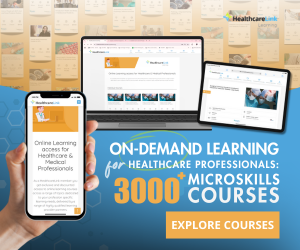Overweight and Underweight Module


This course is split into the following sessions:
- Session 1 explores the normal variations and trends in body shape during adolescence and the factors that commonly influence it, including genetic, ethnic and lifestyle factors. It explains how growth is monitored and explores the common barriers that health professionals may encounter when assessing body shape.
- Session 2 will describe nutritional requirements during adolescence, typical eating patterns which could lead to nutritional deficiencies, common dieting strategies used, and the additional nutritional needs arising with pregnancy.
- Session 3 will describe patterns of eating behaviour in adolescence and the factors that influence these patterns. A model derived from social and ecological psychology will be used to explain how adolescent eating behaviour can develop from four levels of influence: individual, social, environmental and cultural.
- Session 4 describes recent trends, causes and sequelae of obesity in adolescence and assesses treatment options, including common dieting and exercise approaches.
- Session 5 will cover the complex area of obesity management at a population and individual level and outline the government strategy in this area. Relevant public policy documents will be highlighted and key targets for intervention will be explained.
- Session 6 will describe the key elements in the medical assessment and management of adolescent obesity and its relation to type 2 diabetes. It will also cover the identification of pathological causes of obesity.
- Session 7 gives an overview of the nature, aetiology and risk factors linked to Anorexia Nervosa and Bulimia Nervosa. Also covered are the diagnostic elements that allow us to distinguish between eating disorders and other conditions affecting the eating behaviour of young people.
- Session 8 covers the stages of the assessment of eating disorders, taking into account diagnostic criteria, nutritional status and the role of the family.
------
eIntegrity programmes are developed by NHS Health Education England’s e-Learning for Healthcare programme (HEE e-LfH).
The programmes are high quality self-directed learning programmes. They are designed to support training and CPD and are excellent resources alongside other traditional teaching methodologies. They have been developed by the UK NHS for use in the NHS. However, many of the programmes have international relevance, particularly the specialty training programmes which are often mapped to UK specialty training curricula.
------
- Ongoing Management of Type 1 Diabetes Module
- Posted By eIntegrity Healthcare e-Learning
- Posted Date: 2025-02-19
- Location:Online
- This course on paediatric diabetes aims to enhance the training and education in delivering high qua...
- Type 1 Diabetes Mellitus Module
- Posted By eIntegrity Healthcare e-Learning
- Posted Date: 2025-02-19
- Location:Online
- This course on paediatric diabetes aims to enhance the training and education in delivering high qua...
- Cardiovascular Examination Module
- Posted By eIntegrity Healthcare e-Learning
- Posted Date: 2025-02-19
- Location:Online
- This course on paediatric cardiovascular examination demonstrates clinical signs, explains common in...
- Pain in Children Module 08
- Posted By eIntegrity Healthcare e-Learning
- Posted Date: 2025-02-19
- Location:Online
- "Pain in children is different" - a bold title to the first session of this module, which we hope w...
- Neuropathic Pain Module 07
- Posted By eIntegrity Healthcare e-Learning
- Posted Date: 2025-02-19
- Location:Online
- Module 7 deals with the diagnosis and evaluation of neuropathic pain and then looks at various insta...
















